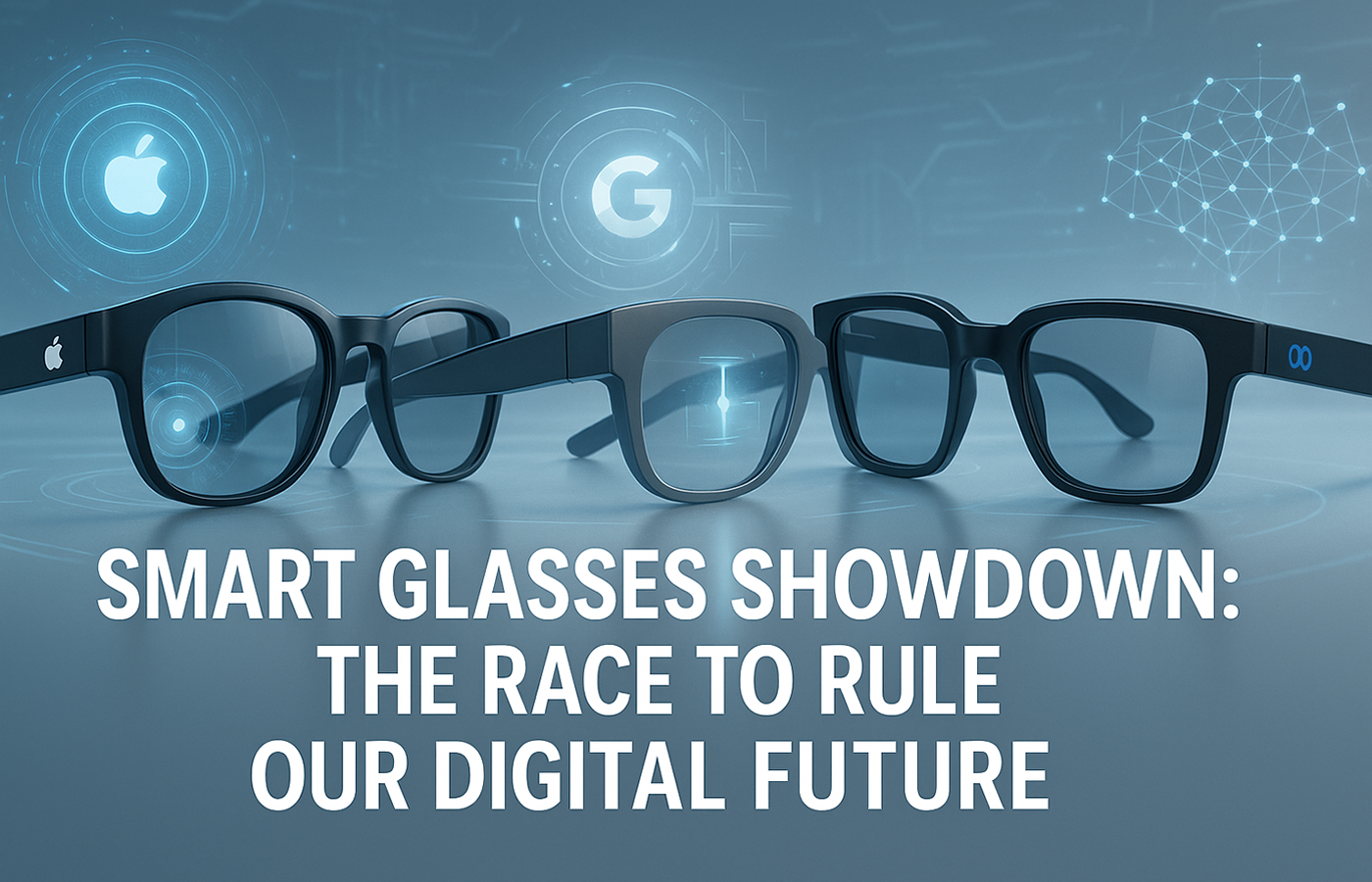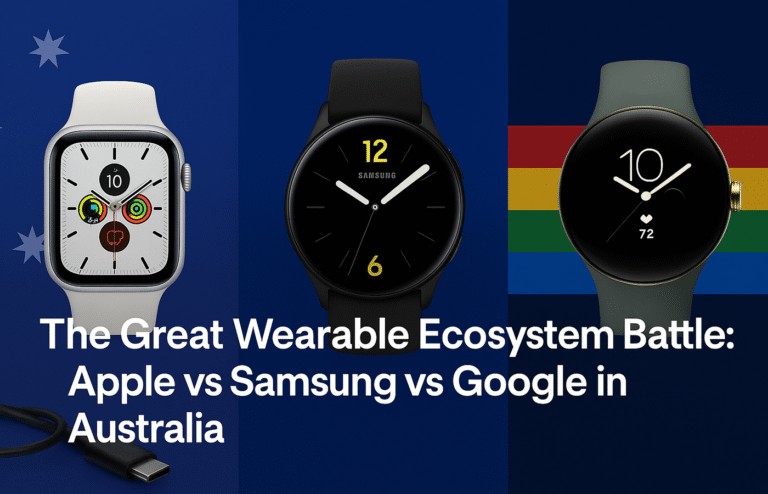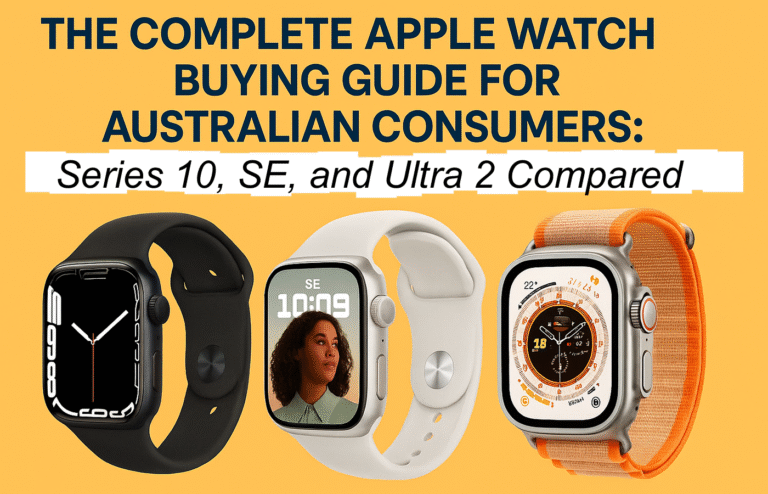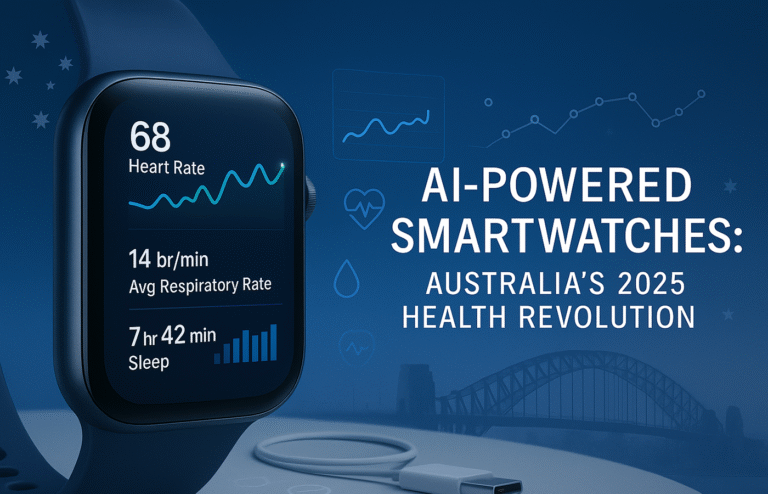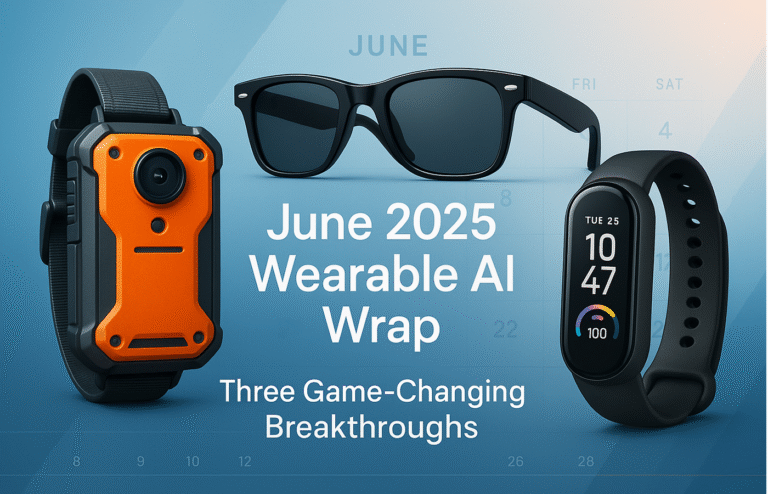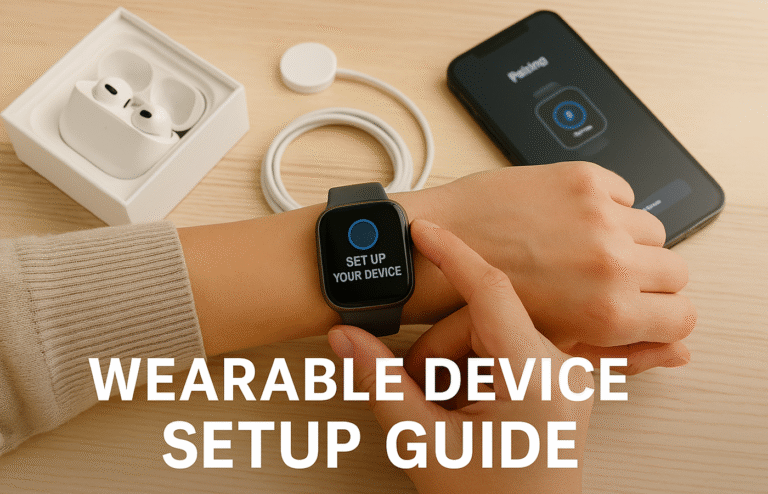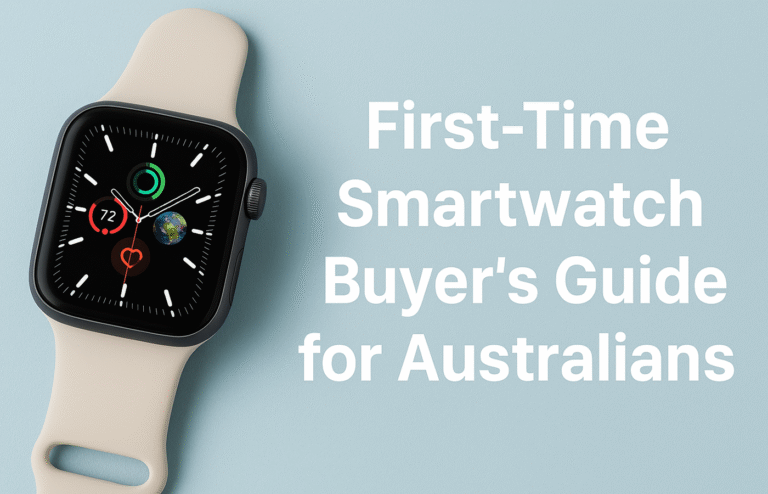Smart Glasses Race: Apple vs Google vs Meta Battle for Australia’s Wearable AI Future
Meta leads the smart glasses revolution with Ray-Ban Stories already available in Australia, whilst Apple and Google scramble to catch up in what could become the next major computing platform.
Current Market Position:
● Meta: First-mover advantage with actual products and Ray-Ban partnership for social acceptance
● Apple: Taking deliberate approach, focusing on visual intelligence and ecosystem integration
● Google: AI-powered comeback leveraging search expertise and Android ecosystem
Australian Market Impact:
● Wearables market projected to reach $7.31 billion by 2030
● Smart glasses could capture 24% of wearable AI market
● Privacy laws and local business integration will influence platform adoption
Key Challenges: Battery life, thermal management, social acceptance, and intuitive interface development remain critical hurdles for mass adoption.
Smart Glasses Showdown: The Race to Rule Our Digital Future
Remember when Apple launched the iPhone back in 2007 and suddenly everyone else was scrambling to catch up? Nokia, BlackBerry, and Microsoft all found themselves playing defence whilst Apple redefined what a mobile device could be. Fast forward to 2025, and we’re witnessing the same frantic energy in the smart glasses arena – except this time, it’s Apple and Google doing the chasing.
Meta, the company formerly known as Facebook, has managed something remarkable: they’ve given themselves a genuine head start in what could become the next major computing platform. Meanwhile, the traditional tech titans are working overtime to close the gap before it becomes insurmountable.
Meta’s Surprising Head Start
Who would have predicted that a social media company would lead the charge into wearable AI? Yet here we are, with Meta’s Ray-Ban Stories glasses already on Australian shelves and their upcoming Orion prototype generating serious industry buzz. These aren’t just concept devices gathering dust in Silicon Valley labs – they’re actual products that real people are wearing, sharing content with, and gradually integrating into their daily routines.
The transformation is remarkable when you consider Meta’s journey. Just a few short years ago, Facebook was primarily focused on news feeds and social connections. Today, they’re positioning themselves as a hardware company with genuine expertise in augmented reality, computer vision, and wearable technology. Their Reality Labs division has been bleeding money – reportedly losing billions annually – but that investment is now paying dividends in the form of market leadership.
What makes Meta’s approach particularly clever is their partnership strategy. Rather than trying to reinvent eyewear from scratch, they’ve collaborated with Ray-Ban, leveraging decades of fashion expertise and brand recognition. This partnership addresses one of the biggest challenges in wearable technology: social acceptance. When your smart glasses look like classic Ray-Bans, people are far more likely to embrace them.
Apple’s Measured Response
Apple, meanwhile, is taking their characteristically deliberate approach. Industry insiders suggest the company is exploring camera integration and visual intelligence features for a future Apple Glass product, but they’re clearly prioritising perfection over speed to market. This strategy has served them well with previous product categories, but in the fast-moving world of wearable AI, patience might prove costly.
The iPhone maker faces unique challenges in the smart glasses space. Their reputation for premium design and seamless user experience sets extraordinarily high expectations. Consumers won’t accept an Apple Glass that feels clunky, looks awkward, or drains its battery within hours. Consequently, Apple appears to be taking extra time to solve these fundamental problems before launching.
However, Apple’s ecosystem advantage remains formidable. When Apple Glass eventually arrives, it will likely integrate seamlessly with iPhone, iPad, Mac, and Apple Watch. This interconnected experience could prove compelling enough to overcome Meta’s first-mover advantage, particularly among existing Apple customers who value that ecosystem cohesion.
Early reports suggest Apple’s approach will emphasise visual intelligence – using AI to interpret what you’re seeing and provide contextual information. Imagine walking through Sydney’s CBD and having your glasses automatically identify restaurants, provide reviews, or even translate foreign text in real-time. These capabilities could transform how we navigate and understand our physical environment.
Google’s AI-Powered Comeback
Google represents perhaps the most intriguing player in this three-way race. The company pioneered smart glasses with Google Glass back in 2013, but that product arrived too early and faced significant social pushback. Now, with vastly improved AI capabilities and greater public acceptance of wearable technology, Google appears ready for a comeback.
The search giant’s strength lies in artificial intelligence and machine learning. Google’s AI models are already powering everything from translation services to image recognition, and these capabilities could prove transformative when integrated into eyewear. Moreover, Google’s vast knowledge base and search infrastructure provide natural advantages for contextual computing.
Recent developments suggest Google is pursuing multiple approaches simultaneously. They’re reportedly working on enhanced versions of Google Glass for enterprise applications whilst also exploring consumer-focused products that leverage their AI expertise. Additionally, Google’s partnerships with eyewear manufacturers could accelerate their path to market.
The company’s Android ecosystem also provides significant leverage. With Android powering the majority of smartphones globally, Google has opportunities to create compelling integrations between smart glasses and mobile devices. This could prove particularly valuable in markets like Australia, where Android holds substantial market share.
Why This Matters for Australian Tech Enthusiasts
The stakes in this competition extend far beyond bragging rights. Industry analysts predict smart eyewear could capture 24% of the wearable AI market, potentially generating billions in revenue as adoption accelerates. For Australian consumers, this competition promises better products, competitive pricing, and rapid innovation.
Australia’s wearables market is projected to reach $7.31 billion by 2030, with smart glasses representing a growing segment of that total. Aussie consumers have historically been early adopters of new technology, suggesting strong potential demand for compelling smart glasses products.
However, the Australian market presents unique considerations. Our privacy laws are among the world’s strictest, which could impact features like constant recording and AI analysis. Additionally, local retailers and businesses will need to adapt their services to work with these new platforms, creating opportunities for Australian entrepreneurs and developers.
The integration question looms particularly large. Will Australian banks develop apps for smart glasses? How will local transport systems integrate with these devices? The answers will significantly influence which platform gains traction locally.
The Technical Challenges
Unlike the smartphone revolution, where hardware capabilities were the primary differentiator, smart glasses success depends on solving several complex challenges simultaneously. Battery life remains perhaps the most significant hurdle. Current smart glasses typically provide only hours of active use, far short of the all-day performance consumers expect from their devices.
Thermal management presents another challenge. Cramming processors, cameras, and wireless radios into a lightweight frame generates heat, which becomes uncomfortable when worn for extended periods. Manufacturers must balance processing power with thermal efficiency whilst maintaining an acceptable form factor.
Social acceptance continues to evolve as well. Whilst younger consumers appear more comfortable with wearable technology, concerns about privacy and recording capabilities persist. Successfully addressing these concerns will require not just technical solutions but also thoughtful policy frameworks and social education.
The software challenge is equally complex. Smart glasses need intuitive interfaces that work without traditional input methods like keyboards or touchscreens. Voice commands, gesture recognition, and eye tracking all show promise, but each requires sophisticated AI to function reliably in real-world conditions.
The Ecosystem Battle
Perhaps most importantly, this isn’t simply about hardware – it’s about ecosystems. Each company is attempting to create a comprehensive platform that extends their existing strengths whilst capturing new opportunities.
Meta’s approach centres on social connection and content sharing. Their glasses emphasise photography, video recording, and seamless sharing across Meta’s social platforms. This strategy leverages their existing user base whilst creating new opportunities for advertising and content monetisation.
Apple’s ecosystem advantage could prove decisive if they execute effectively. The company’s ability to create seamless experiences across multiple device categories has been a key competitive advantage in smartphones, tablets, and smartwatches. Applied to smart glasses, this capability could create compelling user experiences that are difficult for competitors to replicate.
Google’s ecosystem spans search, maps, translation, and AI services. Smart glasses could provide new interfaces for these existing capabilities whilst creating opportunities for entirely new services. The company’s strength in AI and machine learning could prove particularly valuable as smart glasses become more sophisticated.
Looking Ahead
The competition between Apple, Google, and Meta represents more than just another product cycle – it’s a battle for the future of human-computer interaction. Whichever company establishes dominance in smart glasses could control how we access information, communicate with others, and navigate our physical environment for decades to come.
For Australian consumers, this competition promises rapid innovation and improved products. However, it also requires careful consideration of privacy, security, and ecosystem lock-in. The platform you choose today could influence your technology decisions for years to come.
The race is far from over. Whilst Meta currently leads, both Apple and Google possess formidable advantages and resources. The ultimate winner will likely be determined not just by technical capabilities, but by execution, timing, and the ability to create compelling user experiences that justify wearing computers on our faces.
As this competition intensifies, one thing remains certain: the future of computing is becoming increasingly personal, portable, and integrated into our daily lives. Smart glasses represent the next step in this evolution, and the companies that succeed will shape how we interact with technology for generations to come.

